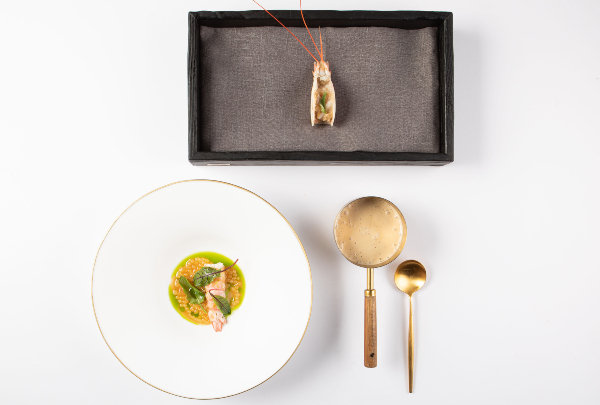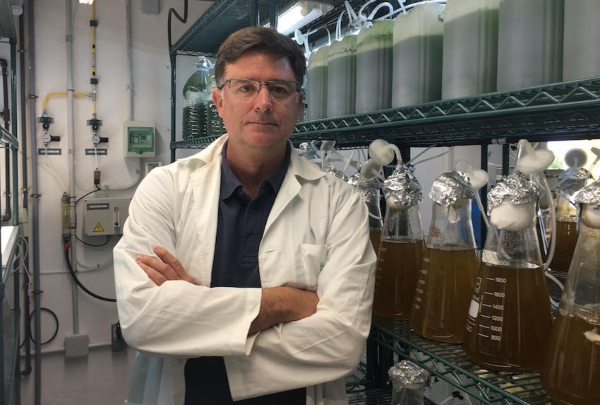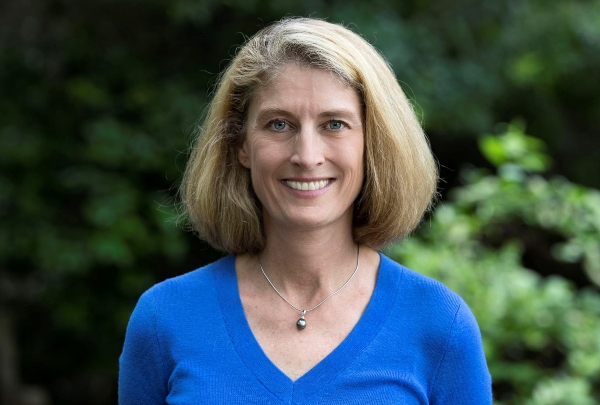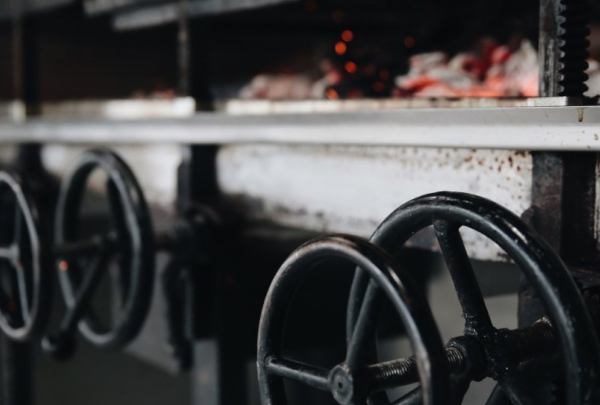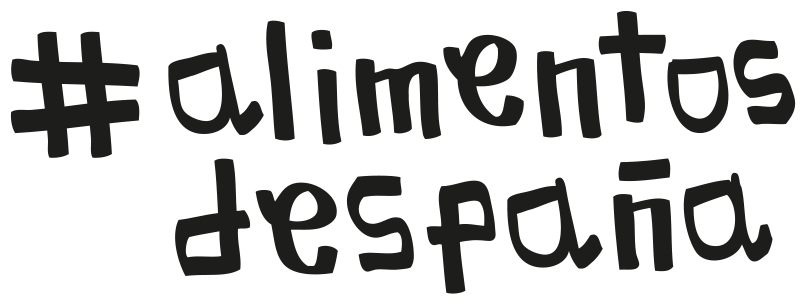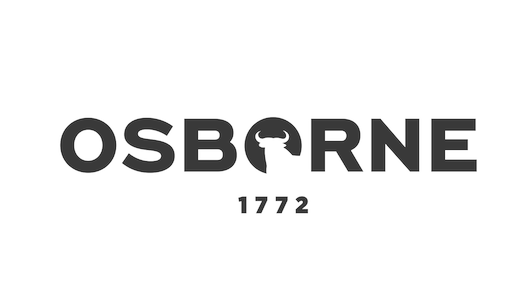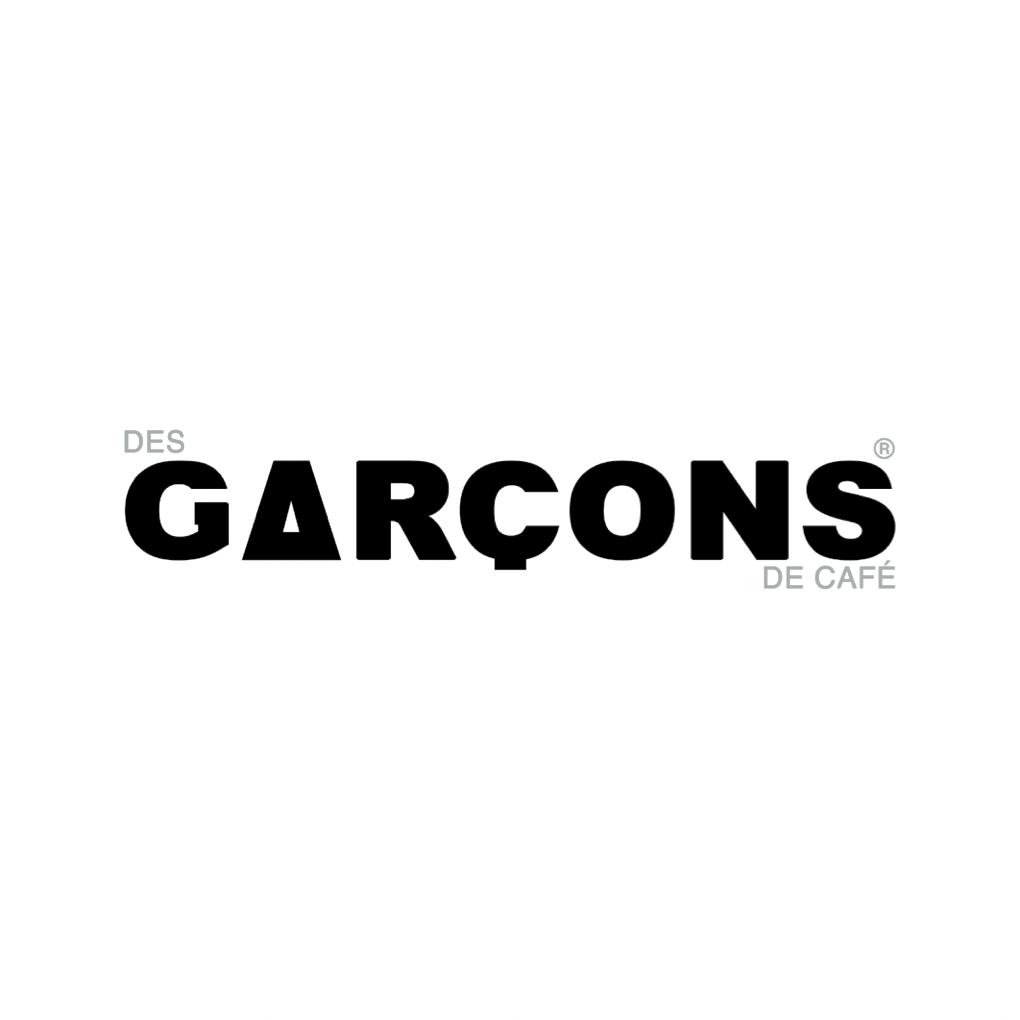Interview
Schiaffino: “Unlike Spain, Peru hasn’t created a value chain for its produce
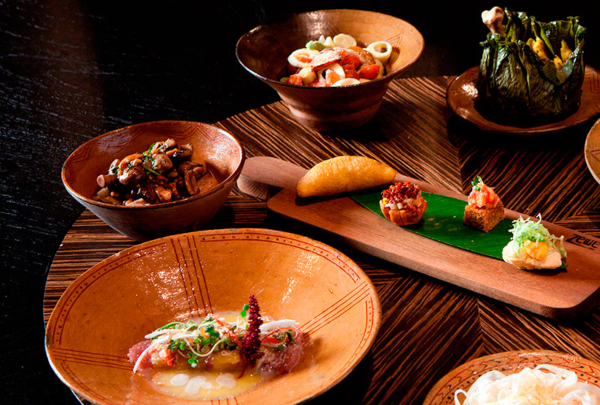
One of the most stalwart gastronomic defenders of the Amazonian larder, is back in Spain these days for the 3rd Meeting of the Seas.
Few people are as committed to safeguarding the ecosystem – chiefly the Peruvian Amazon – and he hung up his apron a few months ago (he closed Amaz and Malabar, two of the country’s most highly acclaimed restaurants) to dedicate body and soul to promoting indigenous produce, although he admits the shutdown is temporary: “When the recovery’s complete I’ll definitely have a restaurant again. You never stop being a chef”.
Until that day comes, he will continue to work specifically with the “paiche” – a freshwater fish he is helping to market to boost territory – and with Peruvian produce in general. “We have a dual task as chefs: to put the product on the table, but also to upgrade its value, work at showcasing it because, unlike Spain, Peru hasn’t created a value chain for its produce”. The duty of an individual and of society for Schiaffino, who calls on his continental colleagues, gazing at the other side of the Atlantic: “We have to follow the example set by Spain. There, chefs work in a group and share ideas and objectives, and that doesn’t happen in Latin America”. Although slightly more in Peru, he explains.
You closed the restaurants to concentrate on your NGO, become the distributor of Peru’s best produce, and begin the pedagogical process there. Mainly by publicising the paiche, which you presented at the last San Sebastián Gastronomika. How’s the project going?
We’ve been providing operational support with the NGO for eight years for a group of fishermen to manage and monitor the paiche, which are in a reserve in one of the richest and most remote areas of the Peruvian Amazon (Pacaya Samiria, in the “department” of Loreto in the north of the country). With assistance from the government, we help them make use of the resource in a sustainable manner.
A fish with a host of gastronomic possibilities.
In its wild state, the paiche can weigh as much as 140 kilos, and it’s at least 70 cm in length, although more than 60% of catches weigh more. This means the quality of its meat is better than many other fish, especially aquaculture produce. This is because it’s better fed, and has a longer lifespan, and because it comes from one of Amazonia’s most pristine zones. This animal has a very high food-meat conversion ratio indeed. It also grows very quickly, making it extremely suitable for aquaculture, although the results don’t show the same qualities as the wild species.
And aquaculture doesn’t benefit or establish indigenous fishing communities, one of the goals of your project …
At the moment there are 32 fishermen who can work, with a level of exploitation (only 15% of adult paiche are utilised) to guarantee the sustainability of the resource. Thanks to this the fish lives, and the community lives too.
How does a chef help this process, exactly?
As Despensa Amazónica (his NGO), we help local fishermen place their produce on the gastronomy market. Before we arrived, no wild paiche was being sold in Lima. The catches stayed in the same area because they had no proper cold chain. So we helped out a lot with logistics and conservation. We also promoted the product to showcase it in Lima, and we also helped with cutting up the animal, inspired by tuna sectioning or “ronqueo”. They never used to put the head or the guts to any use, for example. Now they use 100% of the fish with a new cutting technique: we can get some spectacular lard from the belly, for example; we use the fillets to produce an excellent cured tuna, and chistorra sausage too …
The ultimate goal?
In view of the parameters established, the goal is to consolidate wild paiche as a boutique product. We want people to want it and seek it out, and help increase its value. I believe wild paiche has what it takes for consolidation, which would be wonderful in terms of improving the standard of living of communities living in Amazonia.
In the last year, Schiaffino has closed his two gastronomic restaurants to open a produce distribution and sale business focusing on local customers. Have you given up being a chef to become a salesman?
You never stop being a chef. All I’ve done is put the restaurant on hold. 80% of our customers at Malabar were foreigners. Our cooking was for tourists and, for better or for worse, that led us to close down. It sounds drastic, but that’s the way it is.
Any regrets? In a recent interview with Ignacio Medina you said “it was a mistake to cook for tourists in Lima”.
No regrets, but I do admit I could have made more effort to connect with the local people. But I wanted to show what we had to a wider audience, and I think that’s what I did. This break was well thought through, and it was a good decision, considering the situation restaurants in Peru find themselves in now. But it will be just that, a break, because in about 3 or 4 years, when recovery’s complete, I’ll definitely have a restaurant again. I’m a chef, and I like that.
In his reconversion process, Schiaffino now runs two gastronomy shops (Pesco, a fish shop working directly with local fishermen, and La Pulpería, a small outlet selling Spanish and local produce, “which has been tremendously successful”). You still want to showcase Peruvian produce …
Of course. In recent years, I’ve been publicising and showcasing products by selling them, instead of cooking. I think there are still many things left to do in Peru, and a lot of work to be done on the product and the producer.
And couldn’t that work be done by running one of the country’s most highly acclaimed restaurants (Malabar made the Latin American version of the list of The 50 Best Restaurants)?
I understand the question, but to answer it, you have to understand the reality of the country. Unlike Spain, Peru hasn’t created a value chain for each of our products. We still have a lot to do there. A lot of produce doesn’t reach the capital, produce the people of Lima don’t know about, things that aren’t known even in the area where they’re produced. And so the producer doesn’t have a market or enough income to maintain the family and go on working.
And now, as chefs, we have that dual task: to put food on the table and upgrade it as we do so, make sure that people know about what we have. And not only in Peru, but all over South America. As links in the food and agriculture chain, we have that mission, a mission which isn’t shared, for example, by chefs in other countries, where that value chain has already been created. And the Peruvian government, and the governments of all Latin American countries, also have to focus their policies in the same direction.
A common problem all over Latin America?
All over Latin America. Due to the gastronomy boom, I think in Peru we are even more convinced, and have a better idea of how to work together. Other countries are replicating this now. Colombia is working increasingly in unison; its chefs get together and share more, but in a lot of countries that doesn’t happen. It’s not possible in Argentina, and as for Brazil, you can forget it. We have to follow the Spanish example. In Spain they’ve done it very well indeed. Chefs work in a group and share ideas and the same objective. That doesn’t happen in a lot of Latin American countries, although slightly more in Peru …
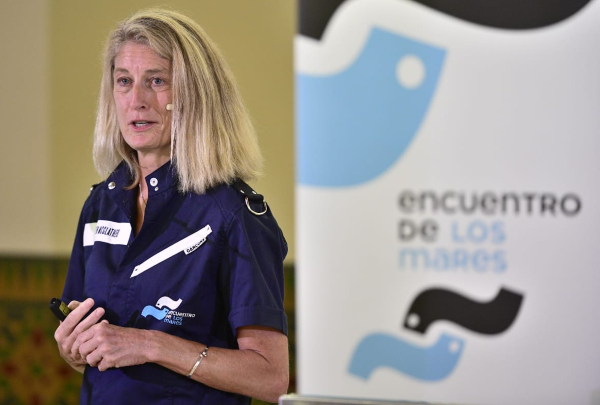
 600x405 (1).jpg)
.jpg)
